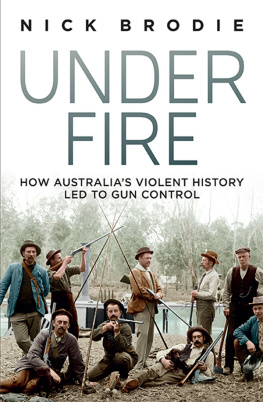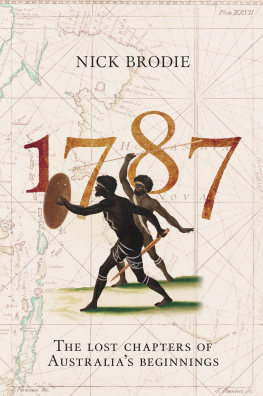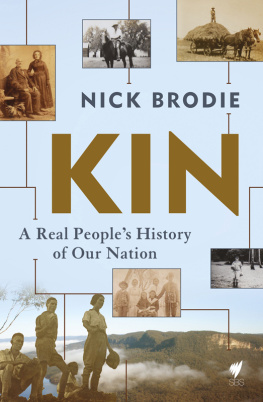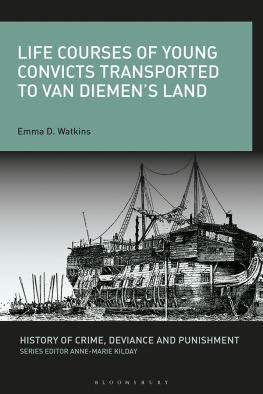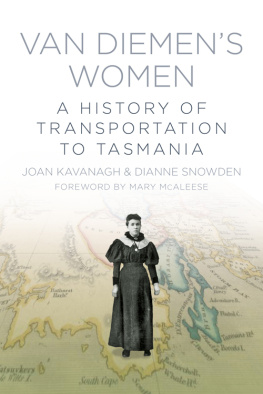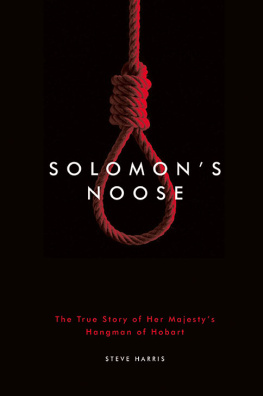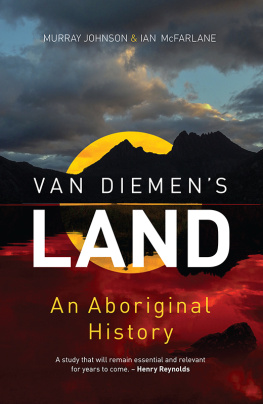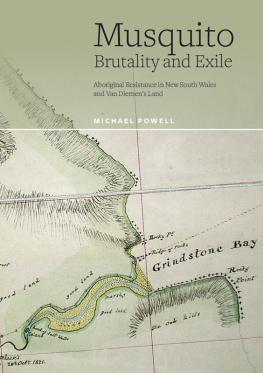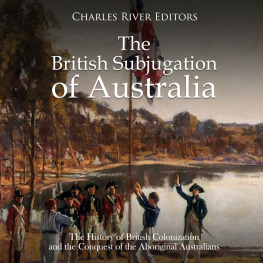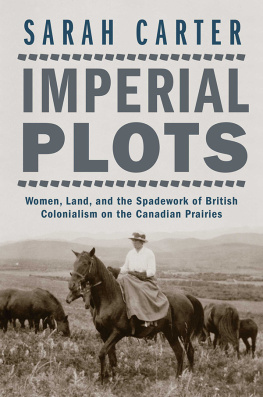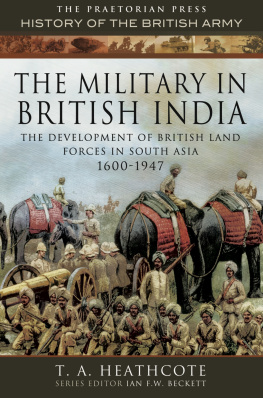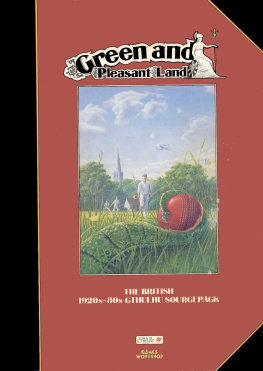Dedication
For Mumma Duck,
who taught me to pick my battles.
And for Kristyn,
who has accompanied me through a few.
CONTENTS
Assistant Surveyor Thomas Scotts map of Van Diemens Land, 1830. Allport Library and Museum of Fine Arts, Tasmanian Archive and Heritage Office: Thomas Scott, Map of the settled part of Van Diemens Land, 1830.
Detail of Scotts map, 1830, showing the western midlands. Allport Library and Museum of Fine Arts, Tasmanian Archive and Heritage Office: Thomas Scott, Map of the settled part of Van Diemens Land, 1830.
Detail of Scotts map, 1830, showing the east coast. Allport Library and Museum of Fine Arts, Tasmanian Archive and Heritage Office: Thomas Scott, Map of the settled part of Van Diemens Land, 1830.
The Vandemonian War was the British Empires best-kept secret. Invasion was called settlement. Ethnic cleansing was called conciliation. Genocide was naturalised as extinction. Even Van Diemens Land was renamed Tasmania.
Conflict racked the eastern half of the island of Van Diemens Land during the 1820s and 1830s. But this violence went much further than the vague and unofficial frontier fighting between settler folk and Aboriginal people of popular misremembering. The Vandemonian War was far more conventionally warlike than is generally acknowledged, the colony more militaristic than posterity was led to believe, and the colonial government more culpable than it would publicly admit.
There was no room for the old Aboriginal tribes in modern British Van Diemens Land they could be British subjects or nothing. It is no exaggeration to say that the Aboriginal tribes and most of the Aboriginal people were extirpated from the island. Whole societies were deliberately obliterated. And genocide, I have come to realise, can be a starched white-collar crime.
The Vandemonian War was planned and executed through extensive chains of command, leaving a rich documentary archive. The following pages offer unambiguous evidence that the colonial government condoned atrocities, and that it deliberately covered the truth through propaganda and obfuscation.
Under Lieutenant Governor Colonel George Arthur a man that historical tradition characterises as a sort of humanitarian hero the British prosecuted a series of military campaigns with great fervour against the Aboriginal people of Van Diemens Land. British regulars, paramilitary police forces, convicts and mercenaries were deployed to harass Aboriginal people into surrender or degrade them into annihilation.
By any serious estimate the collective Aboriginal population of Van Diemens Land was reduced from unknown thousands to a few dozen survivors within only three decades. This is uncontested. This dreadful outcome of colonisation became one of the darkest stains on the British Empire. But while the conflict in Van Diemens Land has never been forgotten, it has not been accurately remembered either. A colonial lie has been perpetuated in popular memory for nearly two centuries.
Here for the first time is the story of the Vandemonian War as fought by the British Empire and its representatives. Compiled from long-lost handwritten instructions and reports, government orders, correspondence and annotations, this is the real story of Australias most infamous colonial war. It is confronting reading. Folklorists attached to the repetitive mantras of Australian mythology will be challenged. Everyone will be shocked.
Excised of the accretions of the ages, this is a story of command chains and subordinates, soldiers and militiamen, enemies and allies. This is more than European-born farmers and Aboriginal people skirmishing over land, sheep and kangaroo on vague frontiers made hazy by the distances of space and time. This was no unofficial frontier conflict. It was an orchestrated invasion prosecuted by an empire.
My discovery of the truth about the Vandemonian War started with a certain manuscript volume in the Tasmanian Archives and Heritage Office in Hobart. It is labelled No. 7/ Records relating to the Aboriginals, and has the archival designation CSO1/1/320 (7878). It comes from the records of the Colonial Secretarys Office, and contains hundreds of pages of inbound correspondence, only a tiny fraction of which has ever been previously examined, analysed or cited by historians. These letters detail military and paramilitary operations against Aboriginal people in the interior of Van Diemens Land in the 1820s and 1830s.
Previous historians of the Black War rarely used these files, seemingly encouraging subsequent historians to neglect them too even when they knew of them. This under-appreciated volume helped guide me to find more volumes and discover the real Vandemonian War with its strategies, campaigns and missions.
The Colonial Secretary was the colonys senior civil bureaucrat, whose office orchestrated the administration of Van Diemens Land under the direction of the Lieutenant Governor. The letters collected by his office detail the crucial connections between London and Hobart and various districts and front lines. These documents reveal a tremendous amount of information about the war.
Piecing together the conflict through these documents is, however, no simple task. There are hundreds of letters in the volume generally archived by correspondent rather than date and yet it is frustratingly incomplete. Some letters are obviously missing, meaning certain geographical areas or key weeks are un- or under-represented. This is what happens when letters are bound together at a later date for archiving things get lost. But there was more, and even I was unprepared for what I found.
Covering a huge expanse of territory from Hobart in the south to Launceston in the north and encompassing the grassy midlands and the scrubby valleys from the central highlands in the west to the rugged east coast ranges, these letters gave a more detailed picture of the whole conflict than any I had ever seen.
It would be easy to get lost in the immensely detailed accounts of military and paramilitary operations against Aboriginal people in the interior of Van Diemens Land, but many little annotations upon them intrigued me too. These revealed layers of government reading them, commenting upon them and issuing instructions. As with the letters themselves, these small details revealed a bigger picture, this time not only of what a government knew, but of how a Lieutenant Governor and his subordinate officers acted and reacted. Here was the command and control structure of the war, written in ink by the officers and combatants themselves.
I also examined the records of the Lieutenant Governors Office and of police magistracies, and investigated the accounts of the Commissariat. What I found were underlying scribal and command patterns that told a story quite different from official narratives and historical traditions. From these I began to reconstitute the governments Vandemonian War from the archival darkness in which it had been deliberately hidden.


